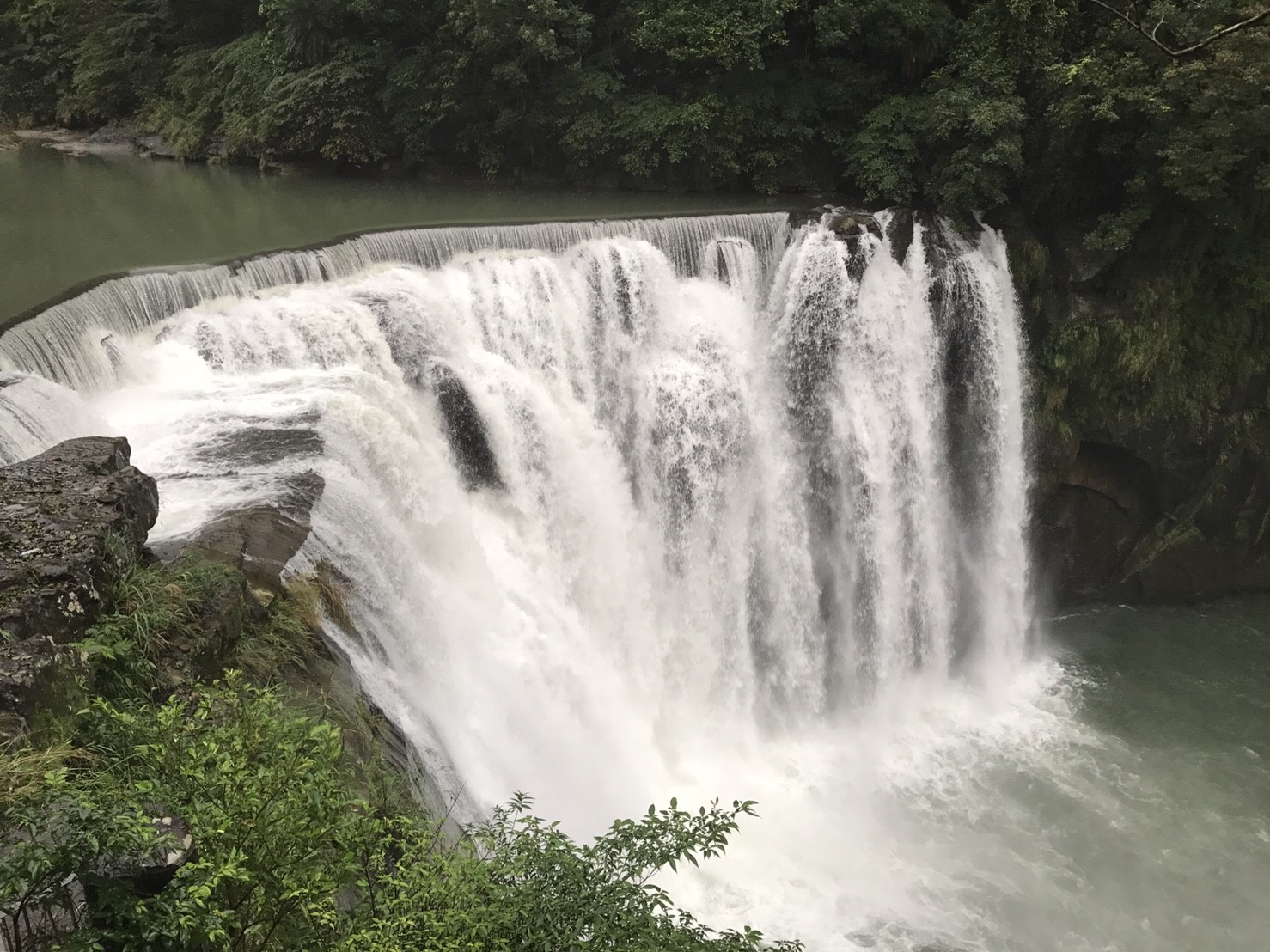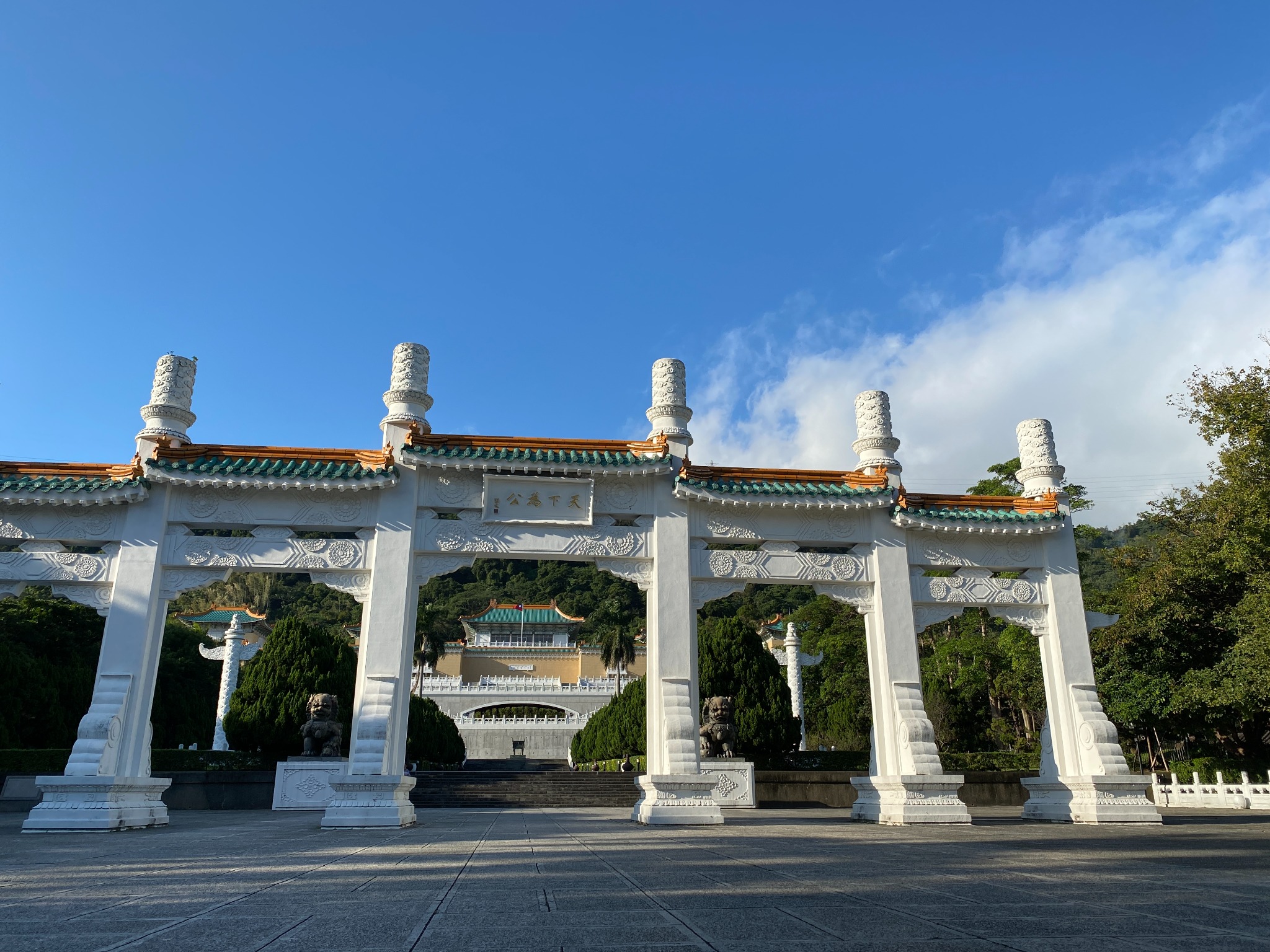3 DAYS
Enjoy 3 days tour around Taipei, New Taipei City, and visit the tea museum in Pinlin.
Greetings for Arrival
Transfer to Taipei for 1 Day tour in Taipei
Morning: Chiang Kai-Shek Memorial Hall / Longshan Temple / Taipei 101
Afternoon: DiHwa Street to visit the old Street and oldest shop in Taipei
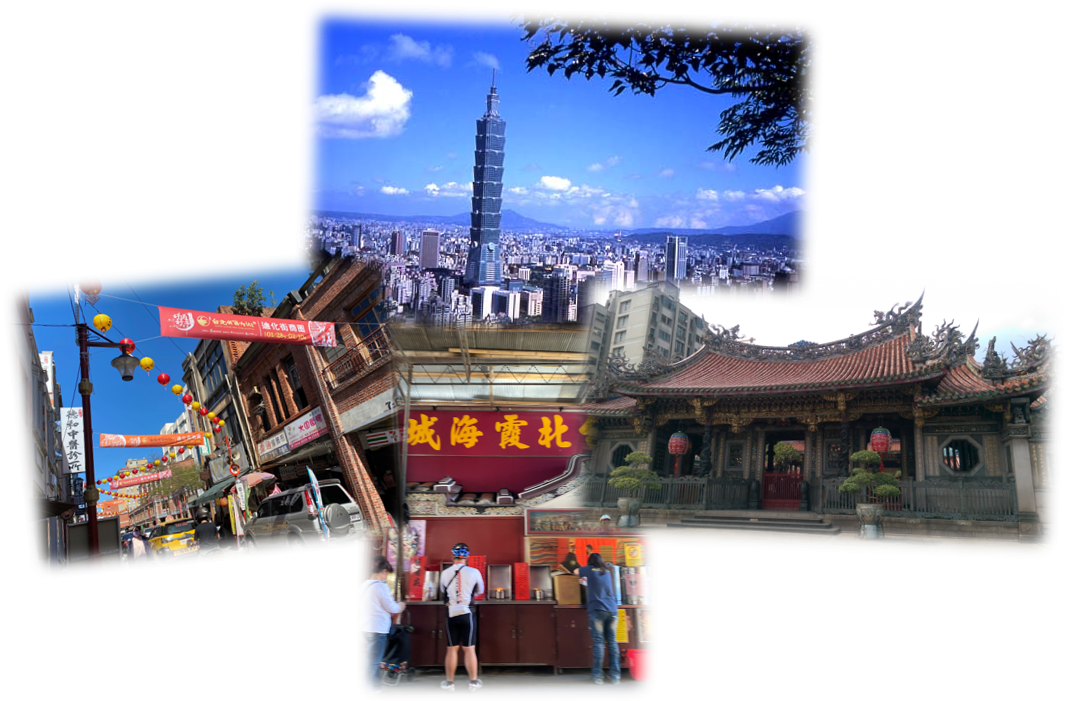
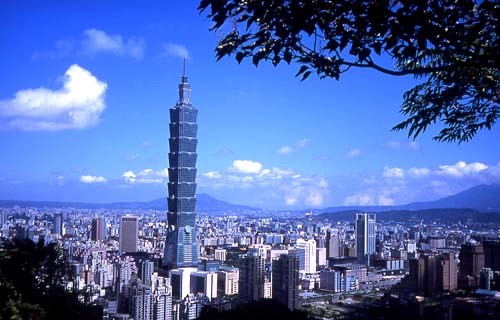
Taipei 101
The Taipei 101 is designed to resemble a growing bamboo stalk, a symbol of everlasting strength in Chinese culture.
Taiwan doesn't have many ostentatious records in its history, but Taipei 101, designed by local architect C.Y. Lee, brings one.
It was the first skyscraper to go past the half-kilometer mark and it sat at the pinnacle of the skyscraper world from 2004 to 2009.
Taipei 101 can also claim to have the world's fastest passenger elevator.
At an ear-popping 1,010 meters per minute, it takes 37 seconds to catapult passengers from the fifth floor to the highest point in Taiwan.
-
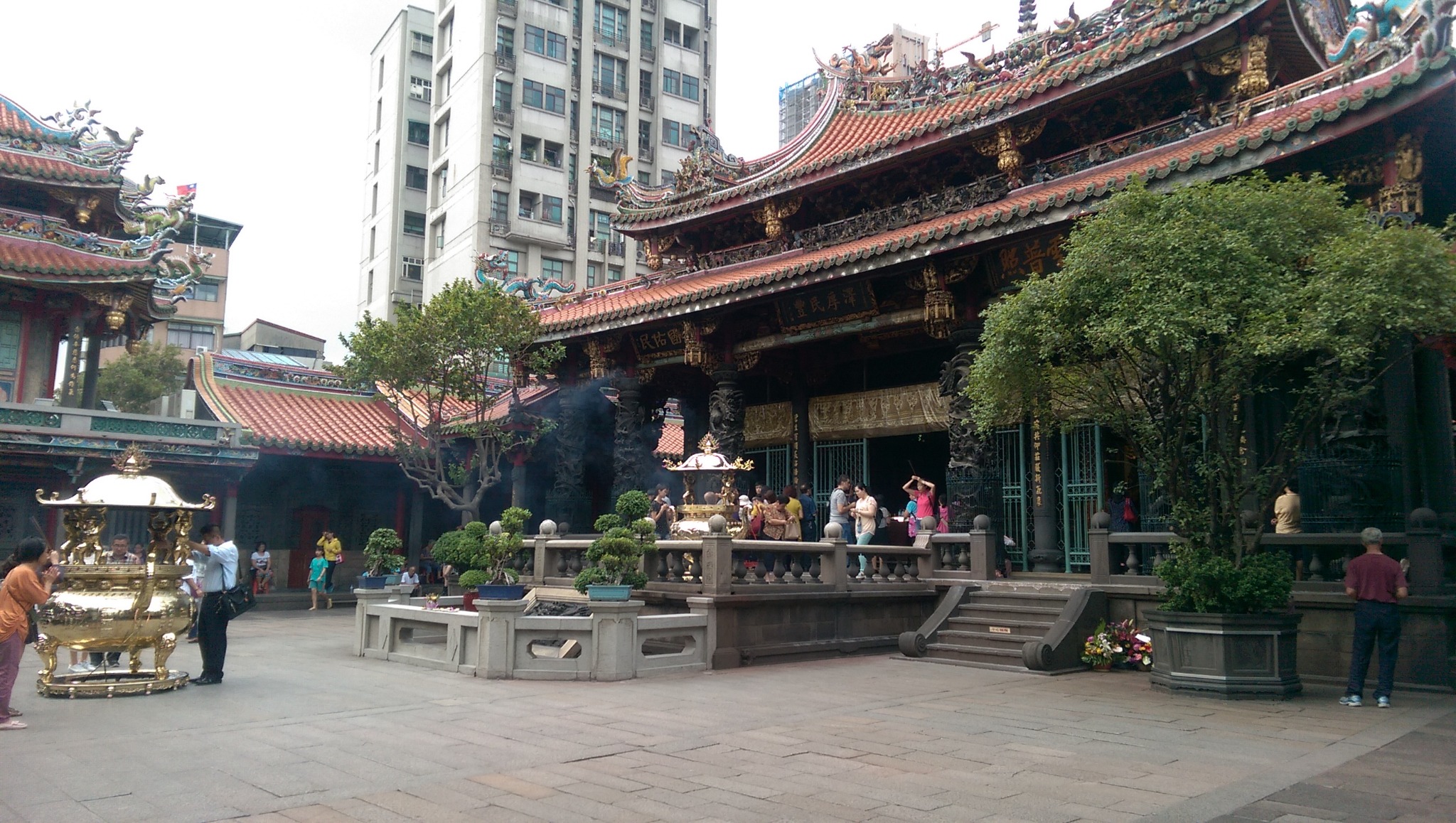
Longshan Temple
The Long Shan Temple originated its name from the ancient Lungshan Temple established in Chin-chiang county of Fukien province in the seventh century. Immigrants from the three counties Chin-chiang, Nan-an and Hui-an of Fukien came to Manka in the beginning of the eighteenth century.
-
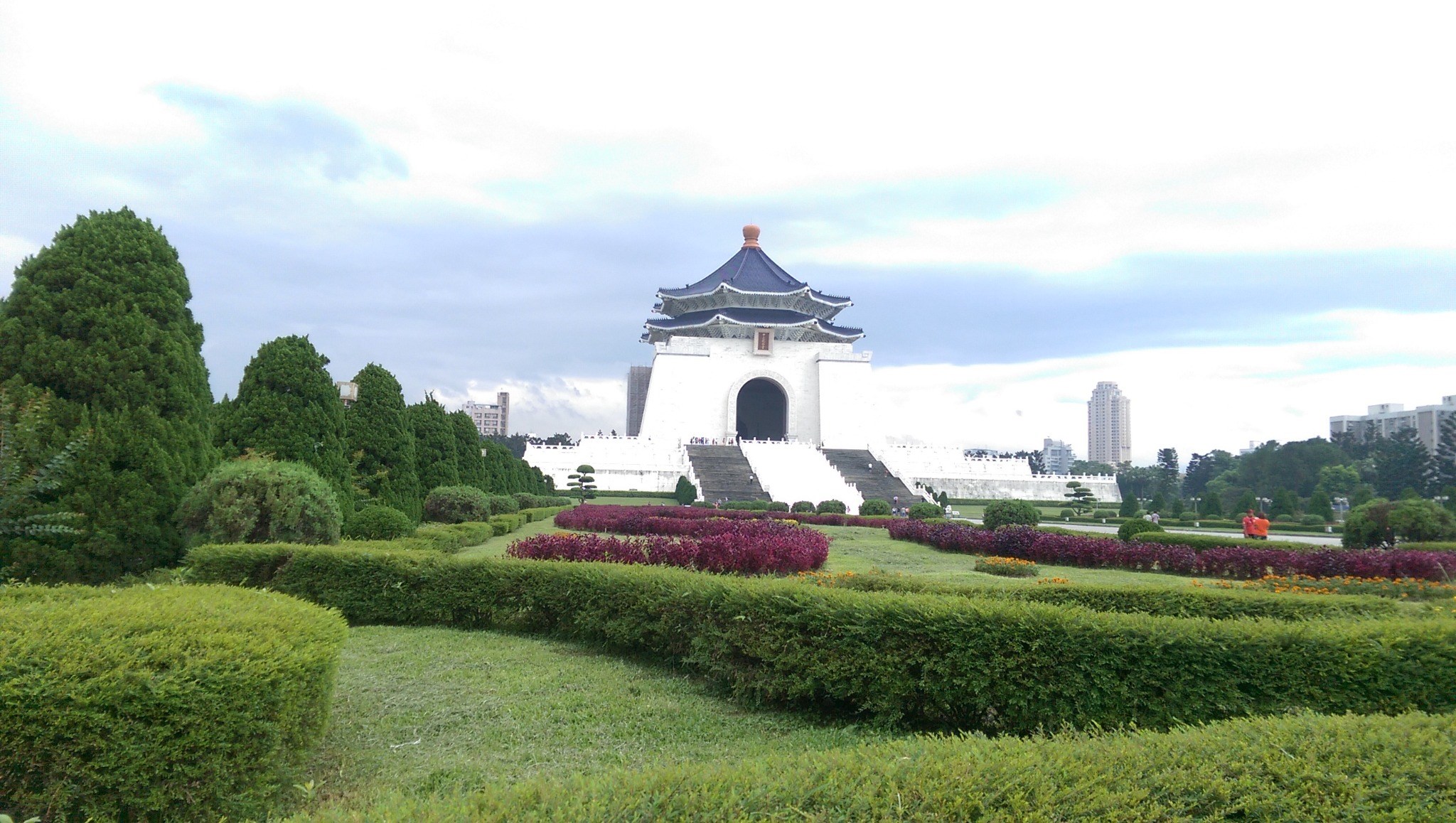
Chiang Kai-Shek Memorial Hall
The most prominent historical landmark in Taiwan, the CKS Memorial Hall was erected in honor and memory of Generalissimo Chiang Kai-shek, the former President of the Republic of China, and was opened in 1980 as part of a national park and gathering area.
The name of the square is officially Liberty Square (自由廣場), as seen above the front gate, however the name change was politically motivated and most people in practice still refer to the entire complex as CKS Memorial Hall.
The octagon-shaped white building rises 76 meters and is covered with blue tiles and red accents, echoing the flag of the Republic of China. The eight sides represent the Chinese cultural symbolism of the number eight which is traditionally associated with fortune and wealth. The two sets of 89 steps represent Chiang's age of death and lead up to main hall housing a large bronze statue of Chiang protected by military personnel which change hourly.
The characters behind Chiang's statue read "Ethics", "Democracy", and "Science", and the inscriptions on the side read "The purpose of life is to improve the general life of humanity" and "The meaning of life is to create and sustain subsequent lives in the universe".
Below the hall is a museum documenting Chiang's life and career, as well as exhibits about Taiwan's history, pan-Chinese culture and history, and the ROC's development after moving to Taiwan. -
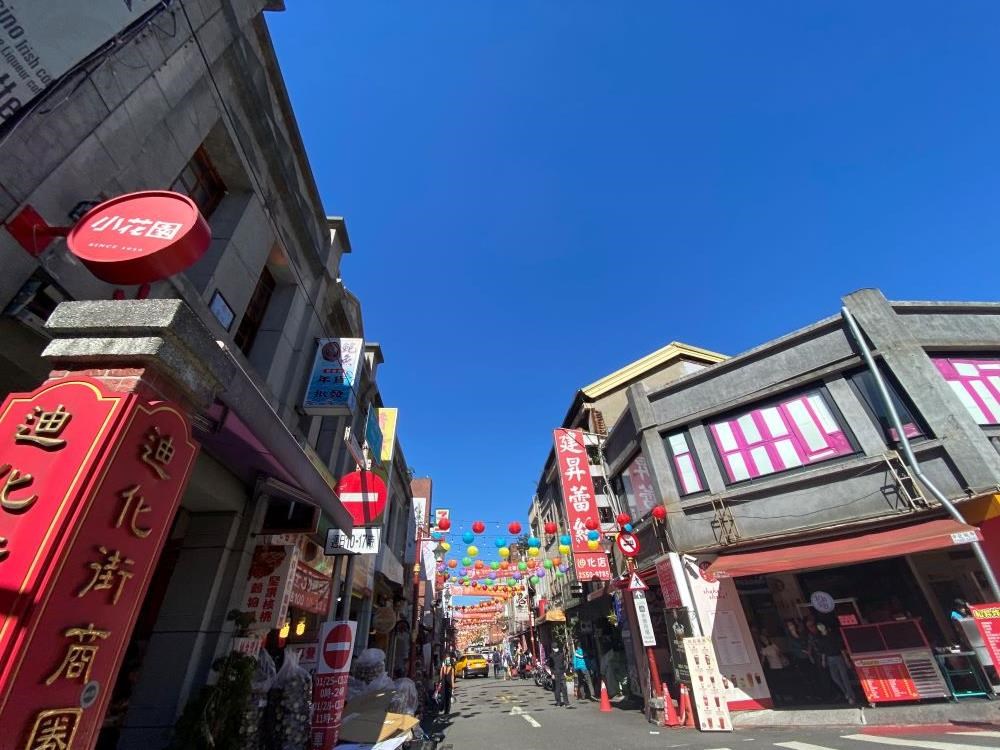
Dihwa Street
A walk through the Dihua Street Area gives visitors a feel of Taipei City's past. The old-town market has scores of shops selling a variety of traditional goods such as Chinese medicines and herbs, temple icons and incense, spices and dried food, colorful bolts of cloth, and bamboo and wooden crafts.
-
-
v
v
-
4-star or 5-star hotel in Taipei
Breakfast at Hotel
0900 meet at Hotel lobby
Morning: Visit the National Palace Museum
Afternoon: Pingxi Old Street / Lantern Police Station / Lantern releasing / Shihfen Waterfall
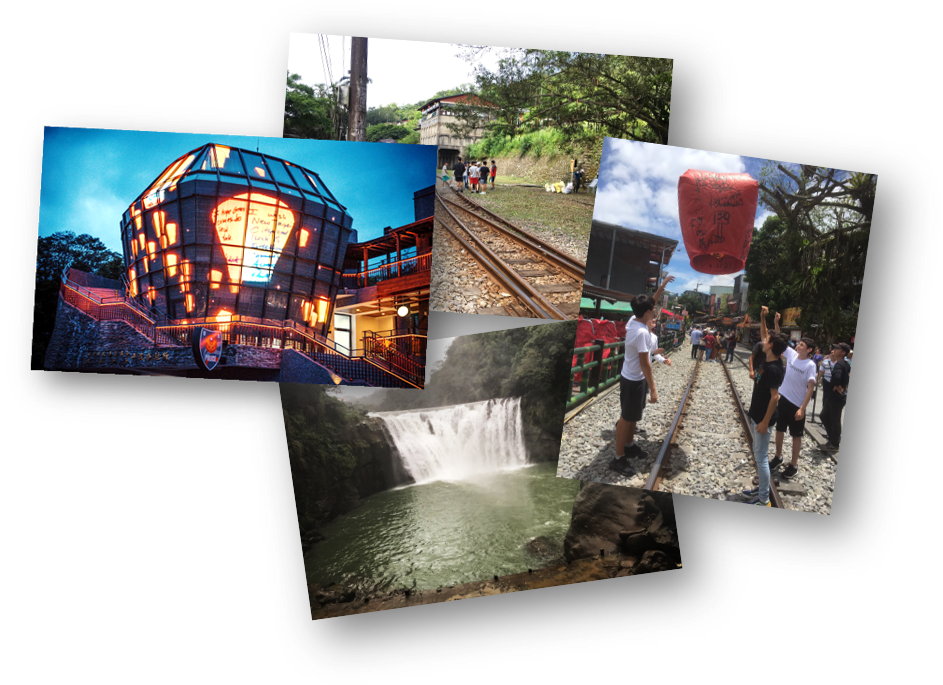
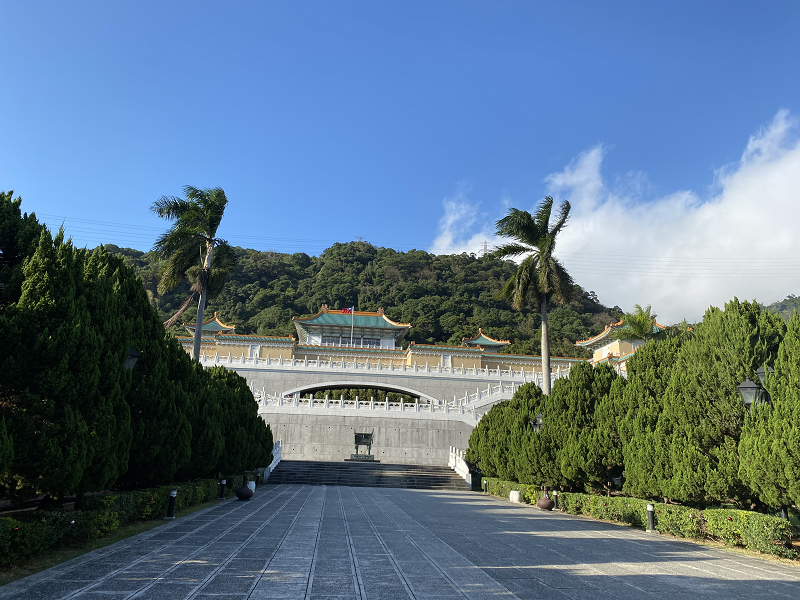
National Palace Museum
World's 20 most-popular museums - National Palace Museum Taiwan
The National Palace Museum displays the world's greatest and rarest collection of traditional Chinese art crafts and historical documents. These priceless treasures include ancient Chinese paintings, archeological remains of bronze weapons, ceramics, jade, sculptures, books and other antiques. With more than 700,000 items on display, many of which once belong in Beijing's Forbidden City. The National Palace Museum truly reflects the rich cultural heritage of Chinese civilization and ancient Chinese culture. The National Palace Museum was established in 1925 and was expanded and remodeled in 1965.
-
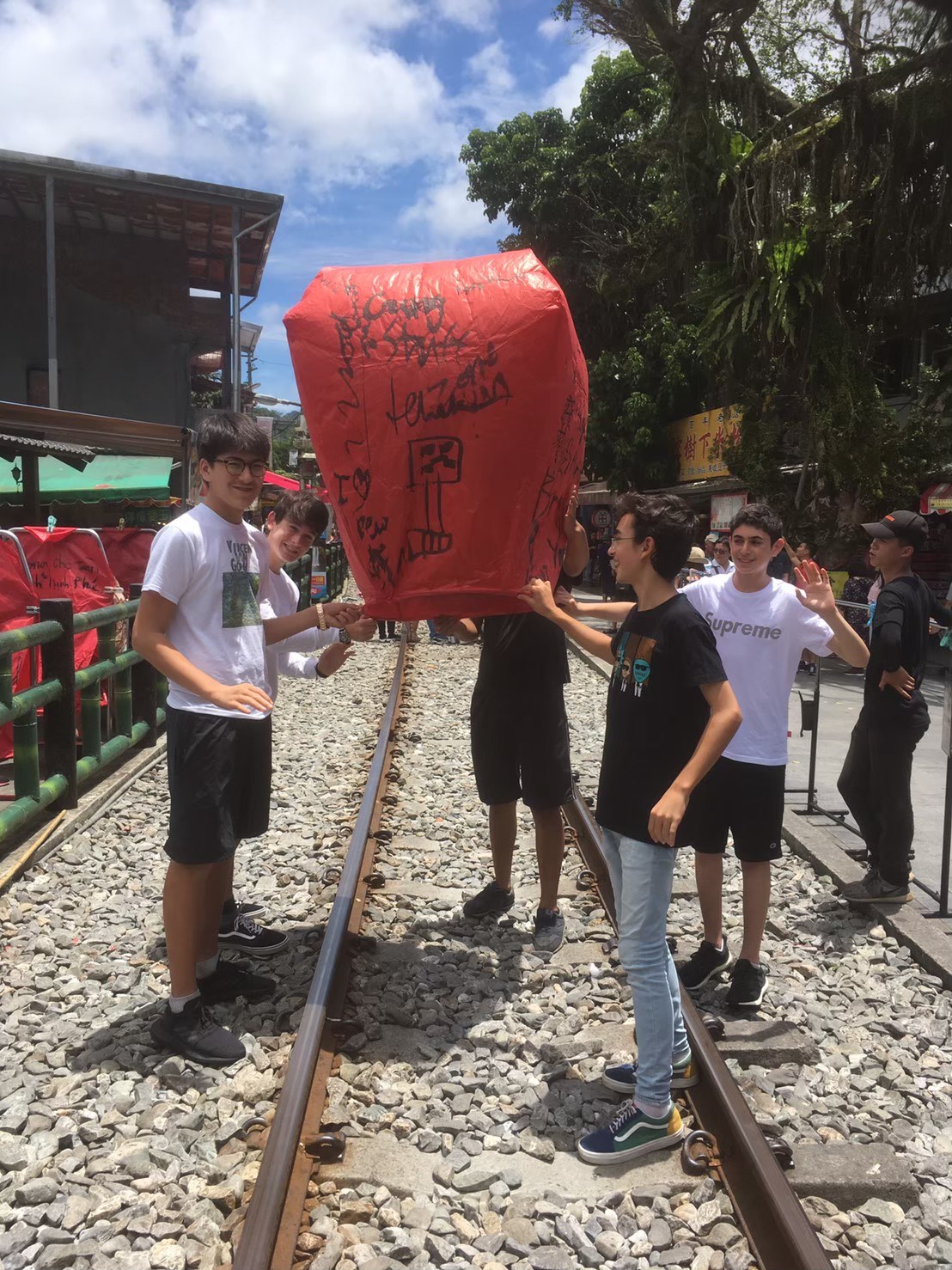
PingXi Lantern
Tradition has it that the “sky lantern” was invented during the Three Kingdoms period (AD 220-265) by Zhuge Liang. At first it was used to transmit military information, different from beacon towers yet ingeniously serving the same function, and is now generally recognized as the earliest ancestor to the hot air balloon. In the early 19th century the Lantern Festival was brought to Taiwan, where every year, at the beginning of the spring planting season, people would release “sky lanterns” into the air as a prayer for the coming year. Because in olden times marriage was for the purpose of “adding a son” and increasing manpower, people went to the temple to pray for blessings and released sky lanterns on which they had written things like “May a son soon be born.” and “May the harvests be bountiful.” Sky lanterns were released to follow the wind, rising up to the ancestors to report that all was well and to pray for blessings. Slowly this evolved to become a local event for the Yuanxiao Festival in the Pingxi area. Through many, many years of changes, the one thing that never changed was the reflected lives and hopes of the people as the sky lanterns slowly rose aloft. For many years the “Pingxi Sky Lantern Festival” has had a brilliant history.
-
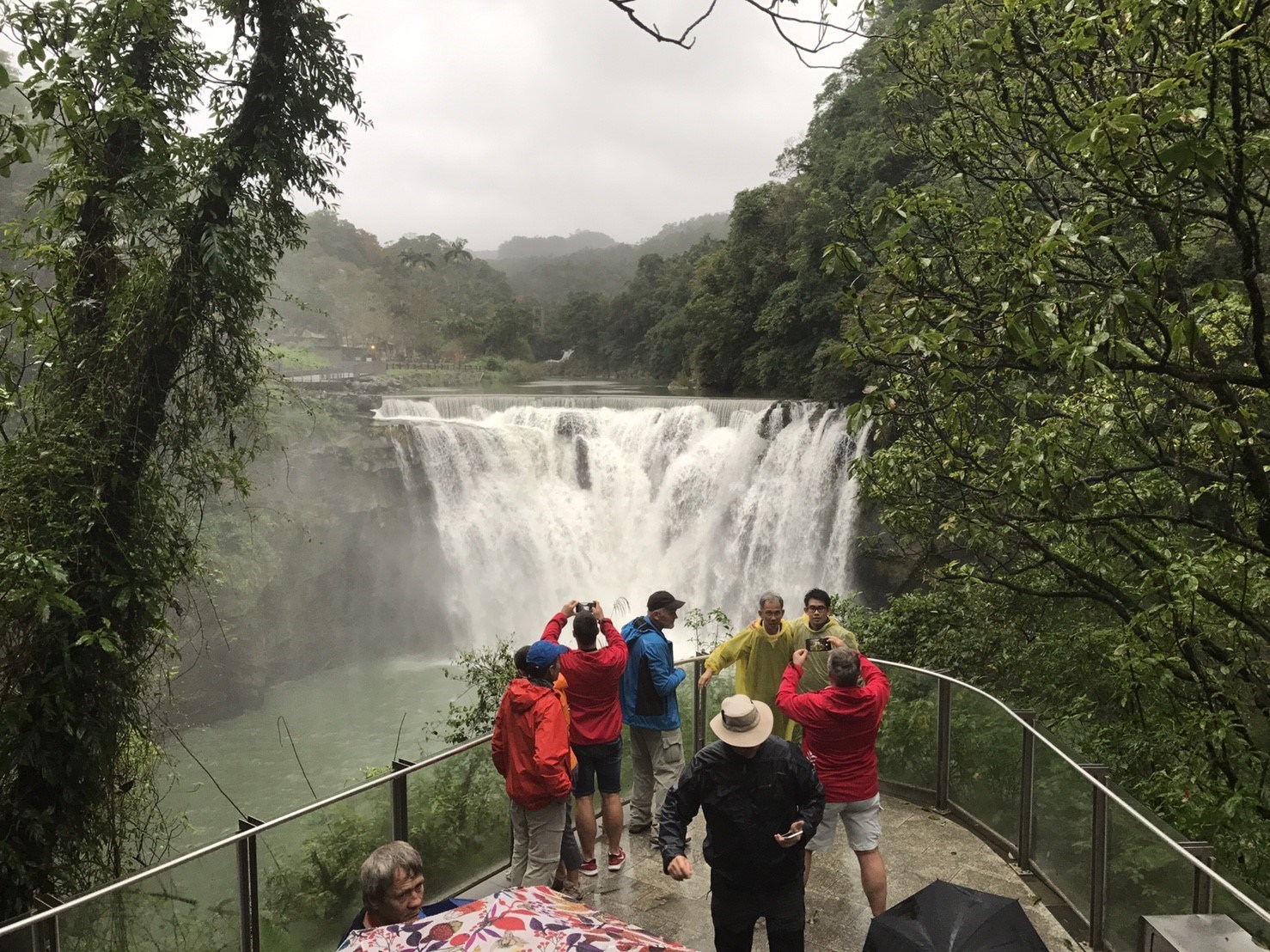
Shihfen Waterfall
Shifen Waterfall lies between Dahua Station and Shifen Station on the Pingxi Railway Line in Pingxi District, New Taipei City. Torrents of water thunder down this curtain-type fall like a white satin sheet. As the water plunges into the large, deep pool beneath, it raises mists that often enshroud the falls. On sunny days, the mists paint dazzling rainbows in the blue skies: a sight that has earned the waterfall pool the nickname of "Rainbow Pond." Because its bedrock slopes in the opposite direction of the water flow, Shifen Waterfall is a cascade-type waterfall similar to North America's Niagara Falls, earning it the nickname of "Taiwan's Niagara Falls."
-
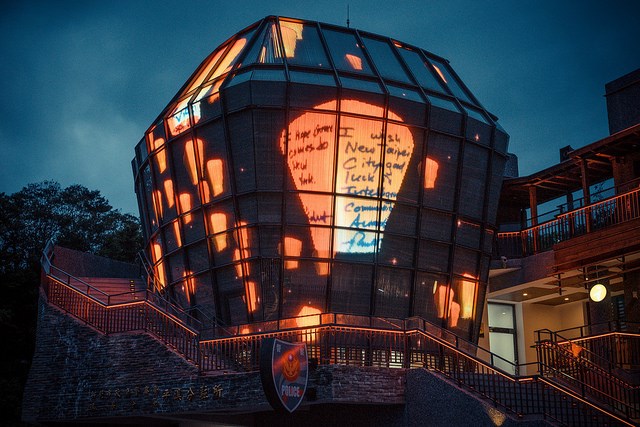
JingTong Electronic Sky Lantern Hall
Jingtong Electronic Sky Lantern Hall in its unique shape is a landmark of Jingtong. The architecture features the sky lantern culture of Pingxi, integrating local landscape and skyline. The unique appearance is eye-catching. When the night falls, the brilliant LED light show is on, bringing vibrance to this quiet mountain town, like a sky lantern bearing wishes standing at the end of Jingtong Old Street, shining and blessing Pingxi.
-
v
v
v
-
4-star or 5-star hotel in Taipei
Breakfast at hotel
Morning: Leisure time in Hotel
11:00 Check out and transfer for lunch/tour/departure
Afternoon: visit the MaoKung Tea Museum/Tea House/Makong Gondola
Evening: transfer to Taoyuan International Airport for Departure
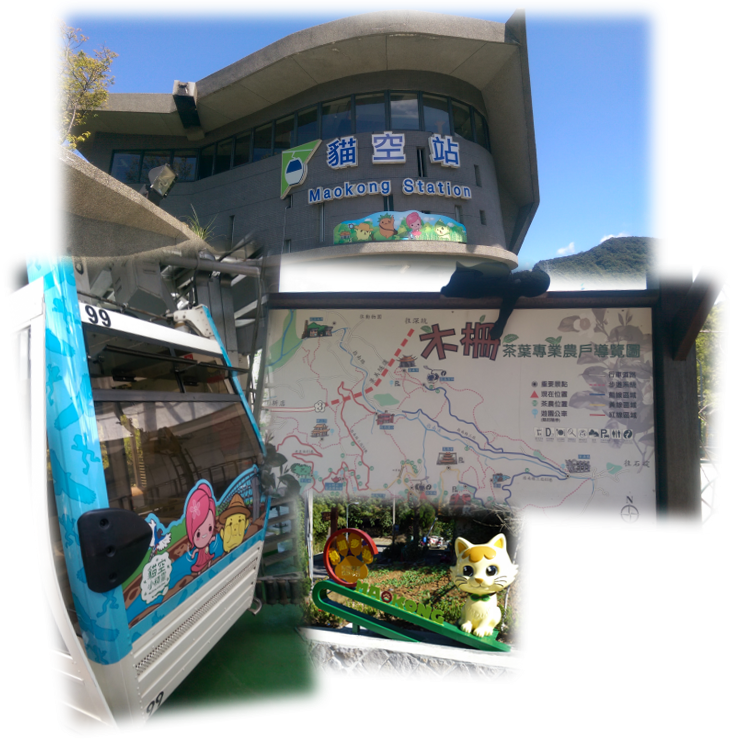
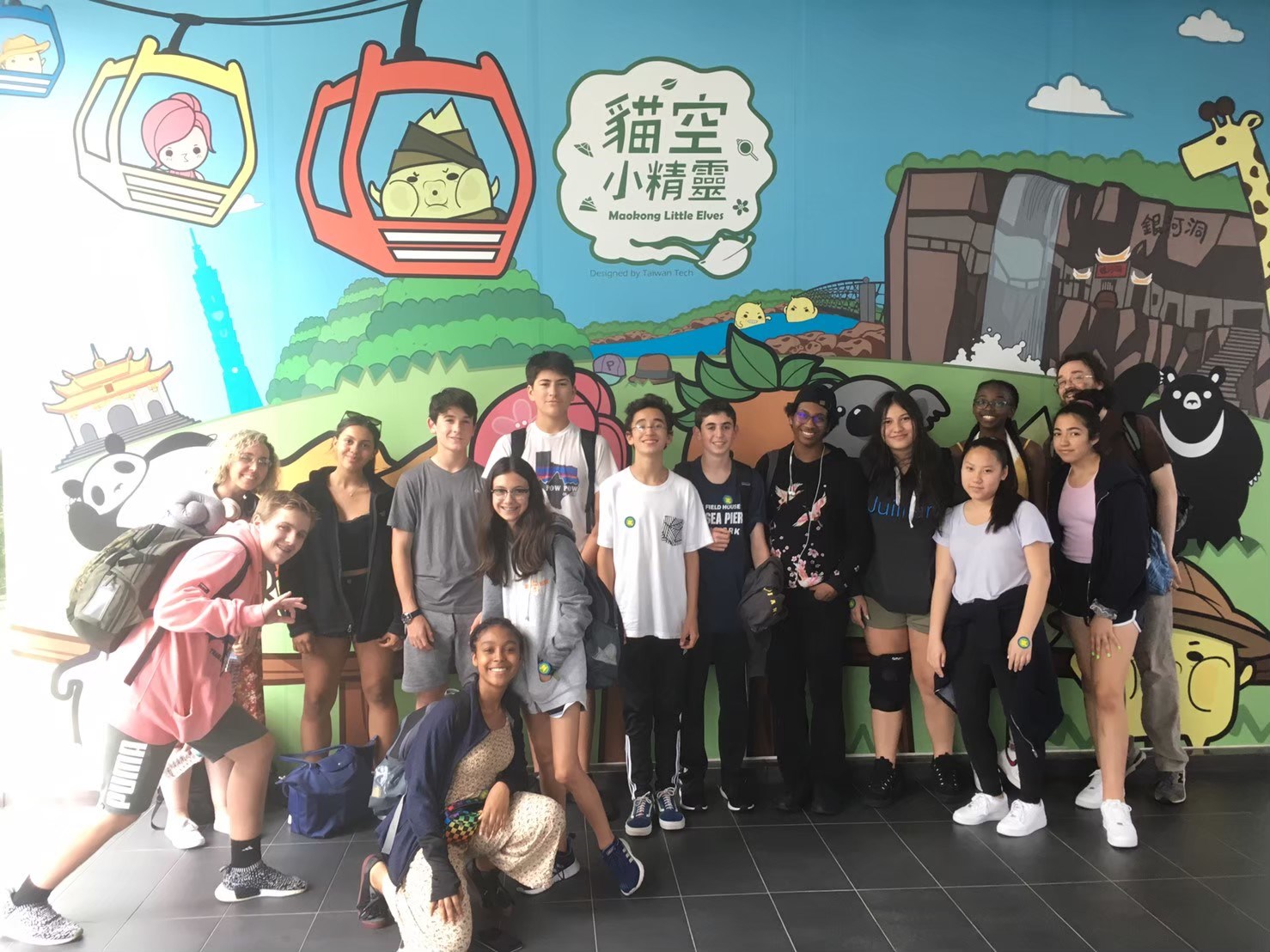
Maokung Gondola
Located in the southern tip of Taipei City, Maokong has evolved into a favorite tourist destination for locals and visitors, who go there to visit its tea plantations and tea houses.
The construction of the Maokong Gondola began on November 10, 2005, and the system began operation in July 2007. It is Taipei City's first high-altitude gondola. This French POMA-made system makes a circuit of four stations: Taipei Zoo Station, Taipei Zoo South Station, Zhinan Temple Station, and Maokong Station. There are also two angle stations where the gondola changes direction.
Maokung
Maokong is an area southwest of Getou Mountain in the Muzha District, on the outskirts of Taipei. Maokong refers to the lands in the valley around the Tea Research Center. One can see potholes in the area's streams, which are the erosional result of swirling sand and gravel. These formations are called "Lokang" (wrinkled hole) in the Taiwanese language. Japanese authorities during the colonial era gave it a similar-sounding name of Maokong. The area's closeness to National Chengchi University led to economic development, as students would often visit in the evening. This helped spur Maokong's very special brand of tea tourism.
The tea farms here are famous for Bouzhong tea and Taiguan Ing. There are many teahouses with diversified styles. They are good places to visit no matter during day or night. In the daytime, there are tea trees and hills forming green scenery. Many citizens visit the place by taking the mountain tracks. After dusk, Maokong is like an enchanting, mysterious lady. Colorful light bulbs are lit in front of every building. Visitors taste tea, chat with each other and admire the nightfall. Sometimes groups of young people have parties and the laughter brings a touch of vigor to Maokong.
The tea farms (open for sightseeing) are scattered around Lane 34, 38, 40 of Zhinan Road, Sec. 3, and the former half of Zhinan Road, Sec. 3. Most tea farms provide tea tasting or meals. Recently, the sightseeing industry blooms here. Many residents develop other means of livelihood other than tea farming. For example, they raise mountain chickens or provide country cuisine. Visitors coming here may also want to try the delicious dishes.
-
v
v
v
-
-
